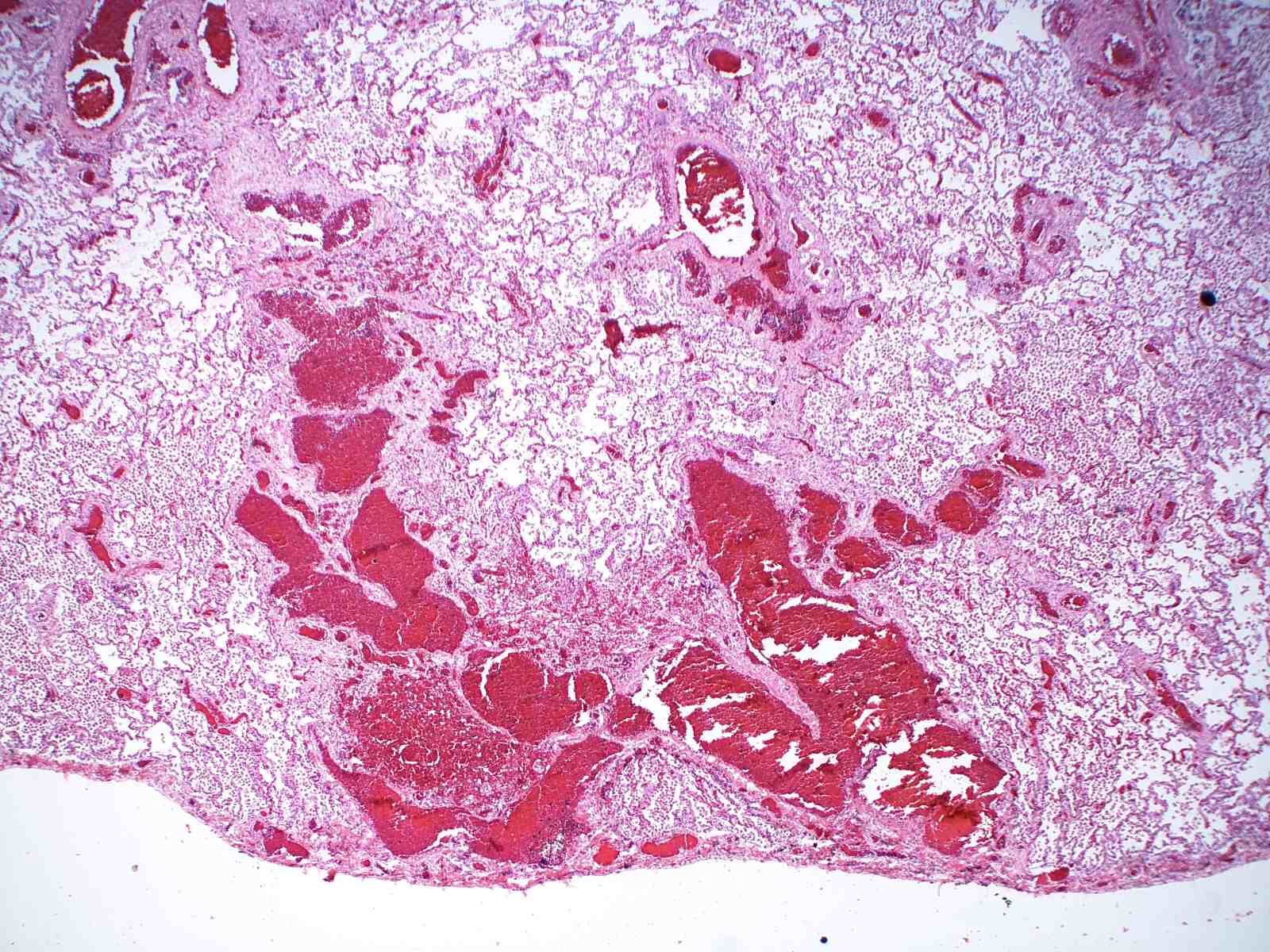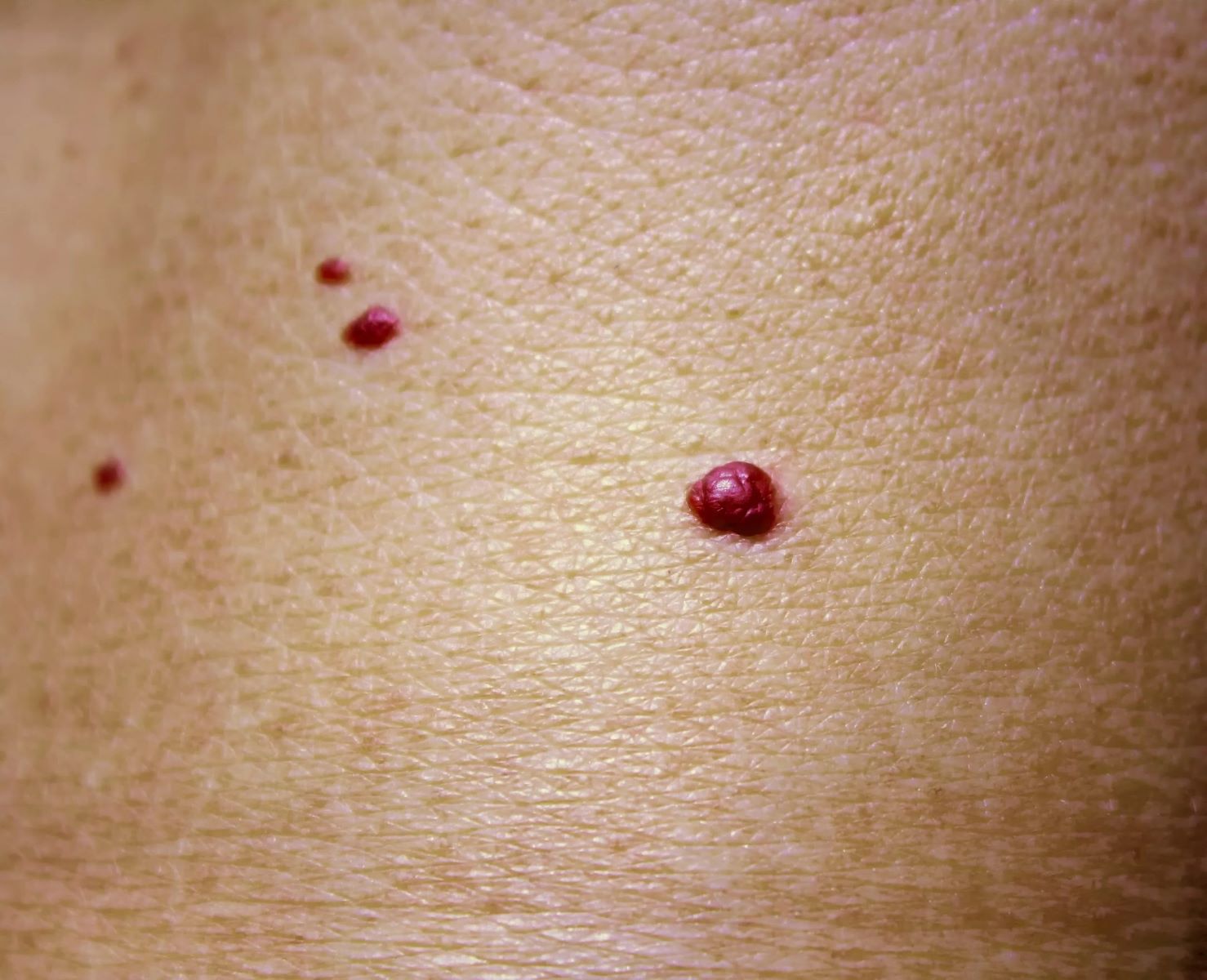
What is angiomatosis? Angiomatosis is a rare condition where multiple blood vessels grow abnormally, forming benign tumors. These clusters can appear in various parts of the body, including the skin, organs, and bones. Why should you care? Understanding angiomatosis is crucial because it can affect anyone, regardless of age or gender. Early detection and treatment can prevent complications like bleeding, pain, or organ dysfunction. What will you learn? This article will share 30 intriguing facts about angiomatosis, covering its causes, symptoms, and treatment options. Whether you're a curious reader or someone affected by this condition, these facts will provide valuable insights.
What is Angiomatosis?
Angiomatosis is a rare condition involving multiple angiomas, which are benign tumors formed from blood vessels. These can appear in various parts of the body, causing a range of symptoms based on their location and size.
- Angiomatosis involves the proliferation of blood vessels, leading to the formation of multiple angiomas.
- This condition can affect any part of the body, including skin, organs, and bones.
- Angiomatosis is often associated with genetic disorders like Von Hippel-Lindau disease.
- Symptoms vary widely depending on the location of the angiomas, ranging from skin lesions to organ dysfunction.
- Diagnosis typically involves imaging studies such as MRI or CT scans to identify the extent and location of the angiomas.
Causes and Risk Factors
Understanding what causes angiomatosis and the risk factors involved can help in early detection and management.
- Genetic mutations are a primary cause of angiomatosis, particularly mutations in the VHL gene.
- Family history plays a significant role; having a relative with angiomatosis increases one's risk.
- Certain syndromes, like Sturge-Weber syndrome, are linked to the development of angiomatosis.
- Environmental factors have not been definitively linked to angiomatosis, making genetic factors more critical.
- Early diagnosis and genetic counseling are essential for families with a history of angiomatosis.
Symptoms and Complications
The symptoms of angiomatosis can be diverse, making it a challenging condition to diagnose and manage.
- Skin angiomas often appear as red or purple lesions, sometimes causing pain or bleeding.
- When angiomas form in the brain, they can lead to neurological symptoms like seizures or headaches.
- Angiomas in the eyes may cause vision problems or even blindness if left untreated.
- Organ involvement can lead to complications like kidney or liver dysfunction.
- Bone angiomas may cause pain, fractures, or deformities, impacting mobility and quality of life.
Diagnosis and Testing
Accurate diagnosis is crucial for effective treatment and management of angiomatosis.
- MRI scans are commonly used to detect angiomas in the brain and spinal cord.
- CT scans help identify angiomas in organs and bones, providing detailed images for diagnosis.
- Genetic testing can confirm the presence of mutations associated with angiomatosis.
- Biopsies may be performed to examine the tissue and rule out malignancy.
- Regular monitoring and follow-up imaging are essential for managing the progression of the condition.
Treatment Options
While there is no cure for angiomatosis, various treatments can help manage symptoms and complications.
- Surgical removal of angiomas is often considered when they cause significant symptoms or complications.
- Laser therapy can be effective for treating skin angiomas, reducing their size and appearance.
- Medications like corticosteroids may help reduce inflammation and pain associated with angiomas.
- Radiation therapy is sometimes used for angiomas that cannot be surgically removed.
- Regular follow-up with a multidisciplinary team is crucial for managing the condition and preventing complications.
Living with Angiomatosis
Managing angiomatosis involves a combination of medical treatment, lifestyle adjustments, and support.
- Physical therapy can help improve mobility and reduce pain for those with bone angiomas.
- Counseling and support groups provide emotional support and coping strategies for patients and families.
- Regular check-ups and imaging are essential for monitoring the condition and adjusting treatment plans.
- Patients are encouraged to maintain a healthy lifestyle, including a balanced diet and regular exercise.
- Education and awareness about angiomatosis can help patients advocate for their health and access appropriate care.
Final Thoughts on Angiomatosis
Angiomatosis, a condition marked by abnormal blood vessel growth, affects various body parts. Understanding its symptoms, causes, and treatments is crucial for managing this rare disorder. Early diagnosis can significantly improve outcomes, making awareness essential. Treatments range from medications to surgical interventions, tailored to individual needs.
Staying informed about angiomatosis helps in recognizing early signs and seeking timely medical advice. While it may seem daunting, advancements in medical research offer hope for better management and potential cures.
Remember, knowledge is power. By learning about angiomatosis, you're better equipped to support those affected and contribute to broader awareness. Keep exploring, stay curious, and never underestimate the impact of informed action.
Was this page helpful?
Our commitment to delivering trustworthy and engaging content is at the heart of what we do. Each fact on our site is contributed by real users like you, bringing a wealth of diverse insights and information. To ensure the highest standards of accuracy and reliability, our dedicated editors meticulously review each submission. This process guarantees that the facts we share are not only fascinating but also credible. Trust in our commitment to quality and authenticity as you explore and learn with us.


